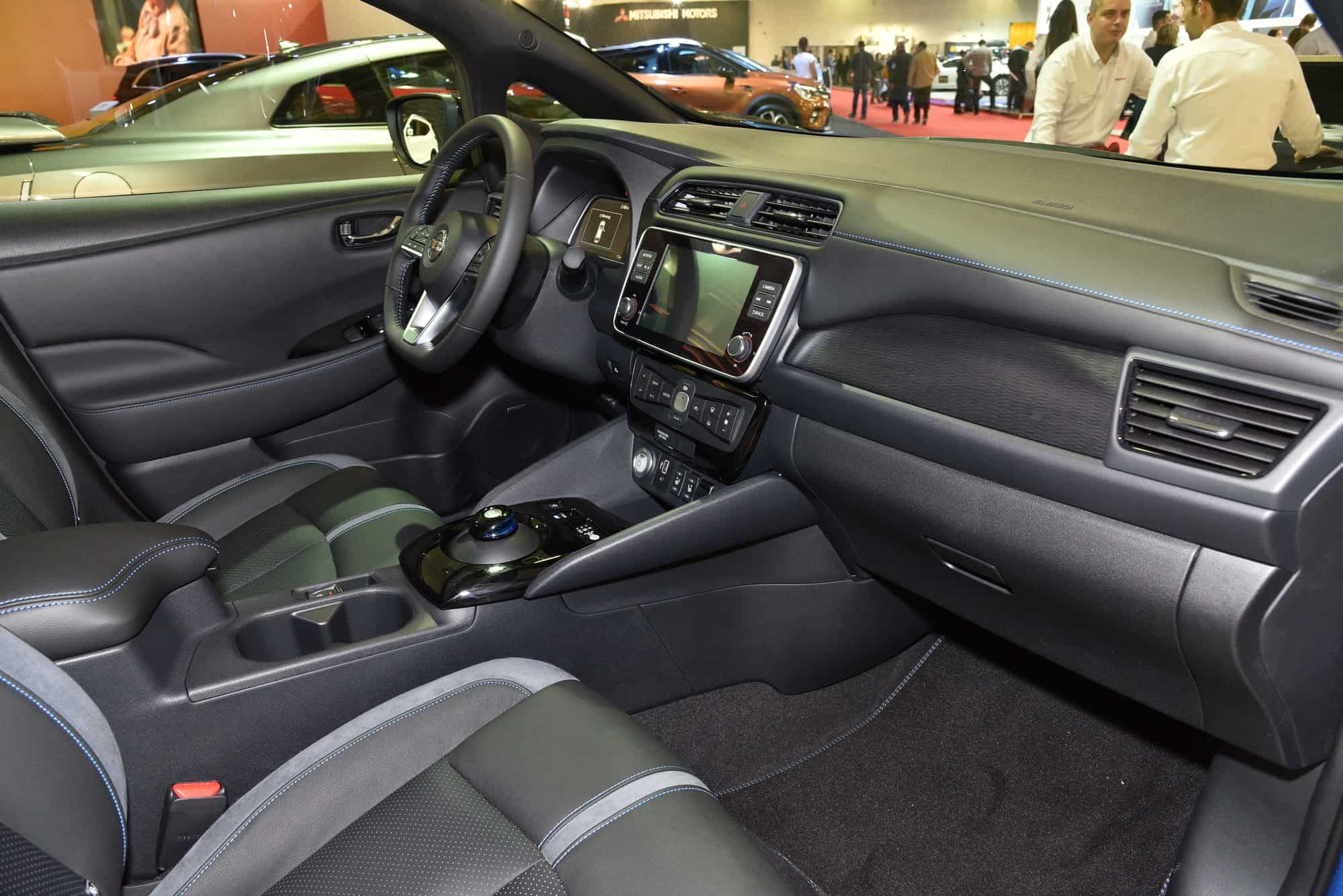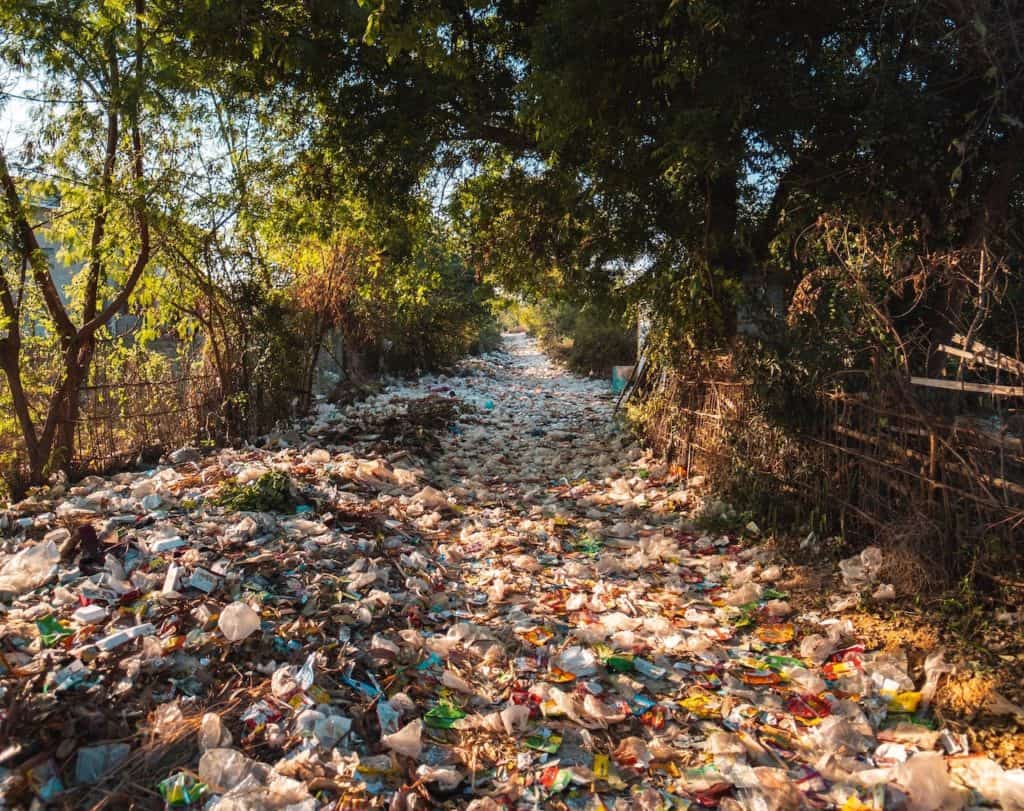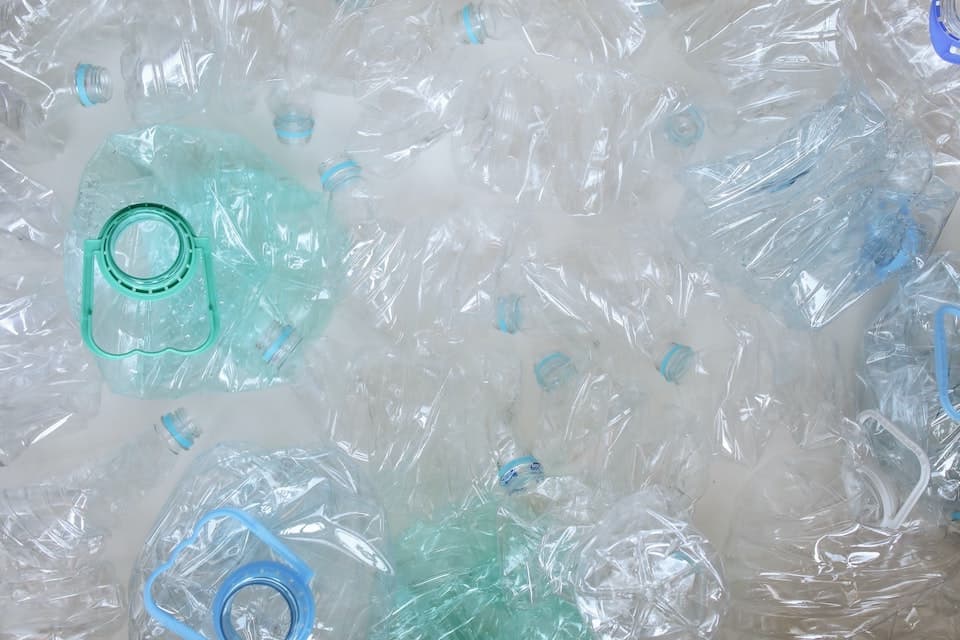You probably had a good idea that cars weren’t any good for the environment – unless you’re going to buy a completely battery-powered one. While this is certainly true for some makes and models (naming no names), many car manufacturers are now using recycled plastic such as bottles to reduce their carbon footprint.
Auto manufacturing is now less wasteful than before, with car manufacturers using plastic to create seat covers, and even using recycled carpet. Today’s vehicles on average contain 50% plastics by volume – but only 10% by weight.
Below, you can learn more about how car manufacturers are using recycled plastic.
Car Manufacturing and Recycled Plastic
Did you know…
The production process accounts for about 10 to 20% of the carbon dioxide emissions generated during a car’s lifetime, but most of the CO2 comes from driving the car after it’s purchased?
Nissan
Nissan utilizes plastic fibers made from used bottles as the main component in sound insulation layers in dashboards. They also use plastics recycled from bumpers to create new bumpers, as well as plastics recycled from bottle caps to make new parts for their vehicles.
The Nissan Leaf is composed of 25% recycled materials, including plastic bottles for seats, recycled fabric for pads, and reused electrical components. This makes it an even more eco-friendly vehicle choice than most originally thought.
Ford
Ford is extremely environmentally conscious in their manufacturing techniques. This company uses 1.2 billion recycled plastic bottles every year to make plastic parts for its cars, like the underbody skin underneath the Ford vehicles.
Each car uses a whopping 250 bottles worth of plastic – 22 plastic water bottles are used to make the fabric for each seat alone.
Ford also makes 300 car parts from renewable and sustainable materials, like spent soy, wheat, rice, and agave from Jose Cuervo’s tequila production in Mexico. Other materials used include:
- Castor
- Tomato
- Hibiscus
- jute (a tough plant fiber)
- Coconut
These materials are highly sustainable and so much better for the environment. Ford has used 300 million pounds of recycled carpet in its cars over the past 20 years, too. The company also claimed 228 million pounds of CO2 had been reduced since switching to soybean-based foam for all its car seats in 2011.
Ford used more than 50 million pounds of post-consumer recycled plastics on the exterior of their vehicles created in North America. This equates to nearly 18 pounds per vehicle on average. Ford also collects damaged bumpers to make plastic materials for replacement bumpers in the United Kingdom.
Toyota
Toyota’s Prius and Kia’s Soul EV have seat cushions and other parts made partly from bioplastics. Recycled plastic is also found in the Jeep Grand Cherokee seat cushions. They may not be as proactive as Ford, but they are slowly catching up.
Chrysler
This car manufacturer uses recycled polyurethane foam plastic in the seat cushions of its Jeep Grand Cherokee, and the wheel liners on the Jeep Wrangler and Chrysler 200 are made with 64% recycled plastics.
In 2013, nearly 40% of the thermoplastics in Chrysler’s European vehicles were recycled plastics.
Volvo
Volvo pledged recently that they would make 25% of its plastic in new cars out of recycled materials, starting in 2025. If they live up to their word, old fish nets could be made into consoles and plastic bottles into carpeting.
Tesla
Tesla said it recycled 2,900 tons of plastics in 2017. Currently, its seats are all made from vegan leather.
Honda
Honda uses scrap bumpers generated during the manufacturing process. Plastics from bumpers produced at five Honda plants in the U.S. and Canada are reformulated and reused in Honda’s supply chain to make mud and splash guards.
Lyft
Lyft is obviously not a car manufacturer. However, it did announce a carbon-offsetting program last year. By supporting companies like Meridian Magnesium Products, which switched from sulfur hexafluoride, or SF6, to the more expensive, but greener, NOVEC-612 to make car parts, they are making a big difference. It says the move has led to a huge reduction of 300,000 metric tons of CO2 each year.
Environmentally Conscious Car Manufacturers
As you can see, car manufacturers are becoming more and more environmentally conscious, finding ways to utilize, recycle, and re-use pieces that would otherwise be thrown away and cause pollution.
While selecting a car that will reduce your CO2 emissions is important, it could also be an idea to look at the companies that are utilizing eco-friendly techniques most of all when deciding on your next vehicle model!








